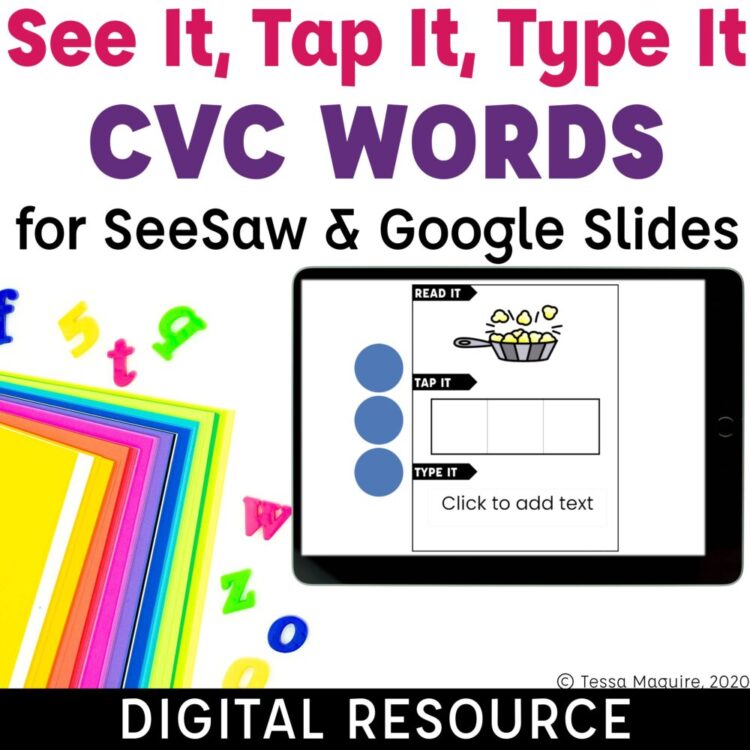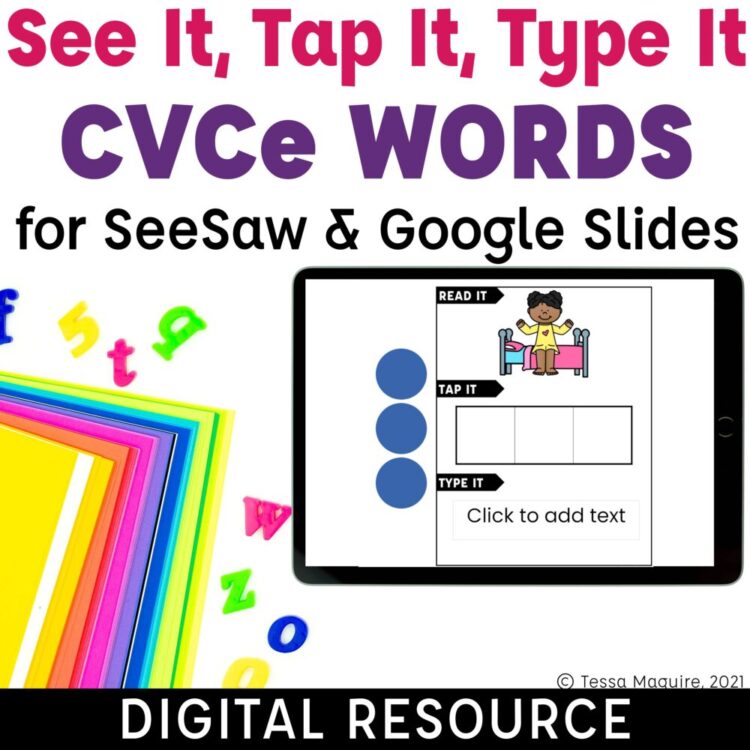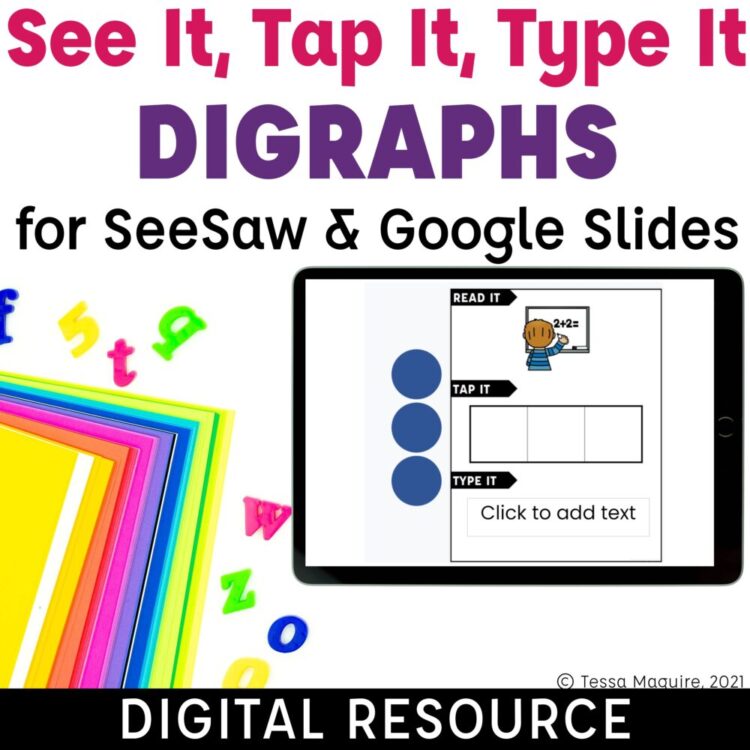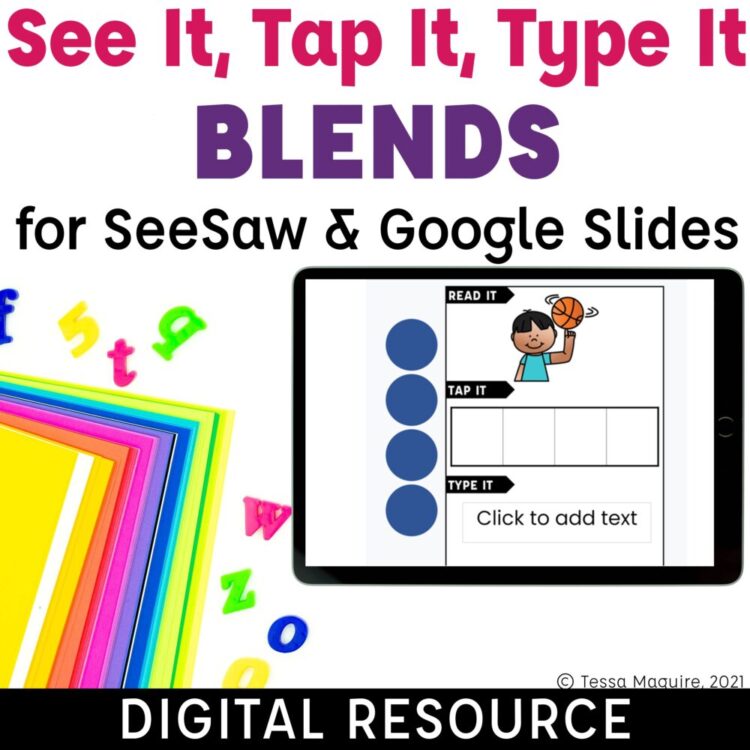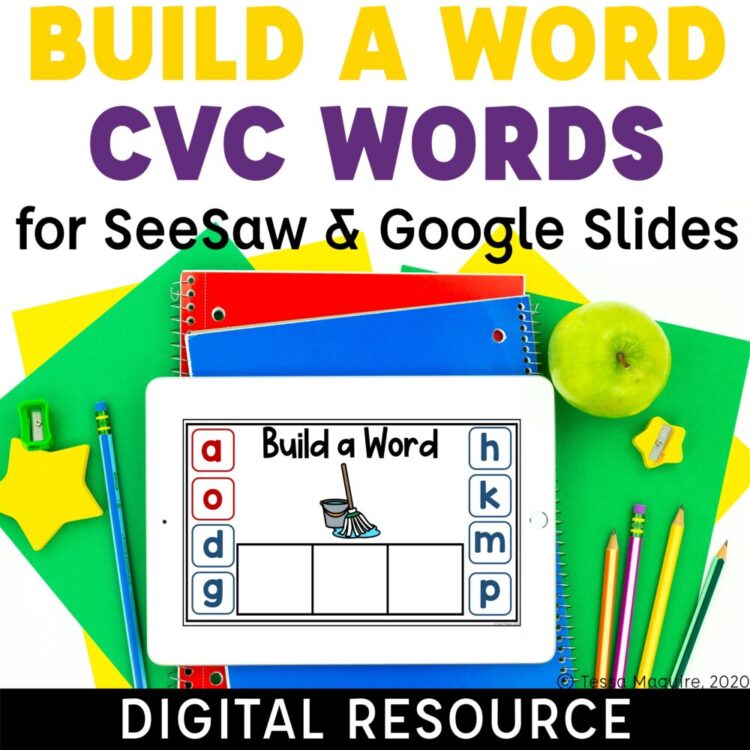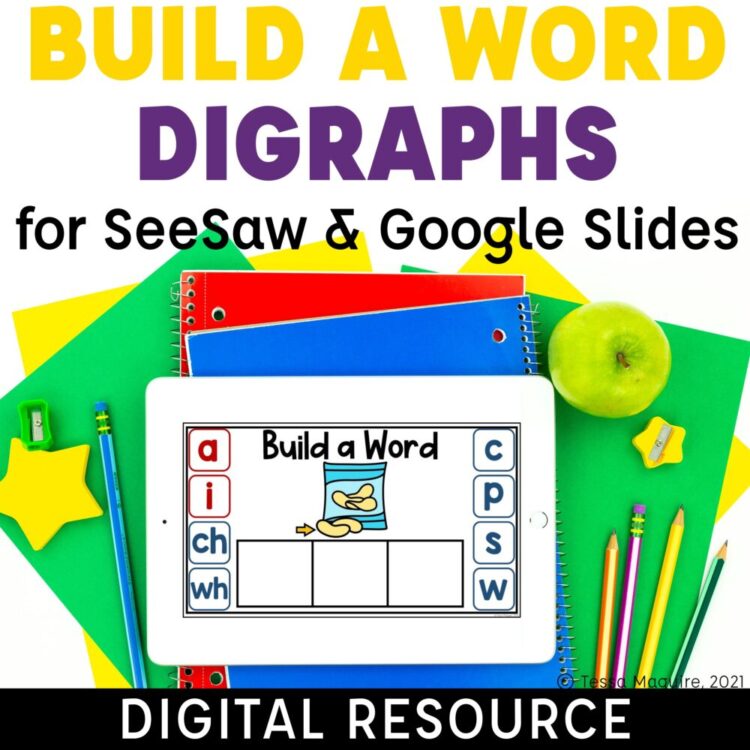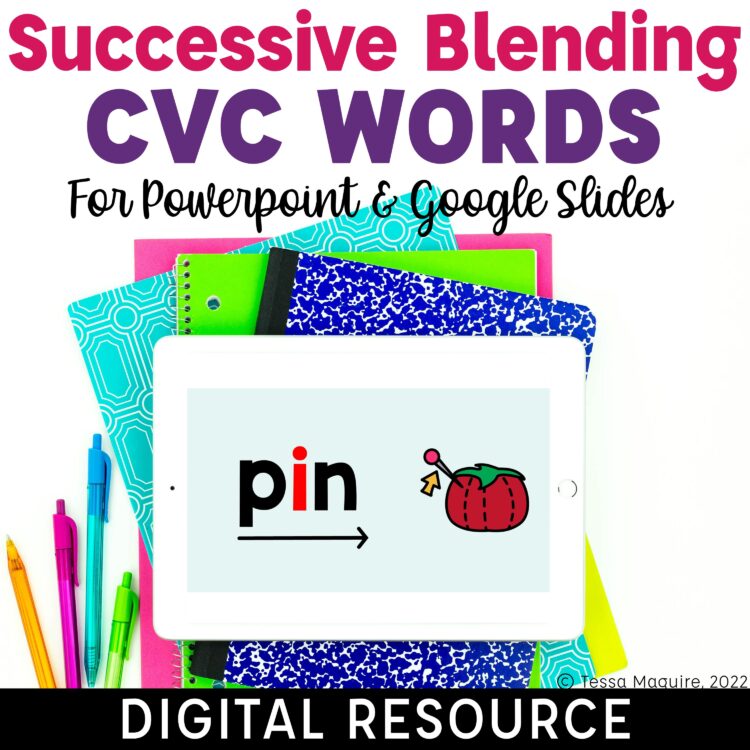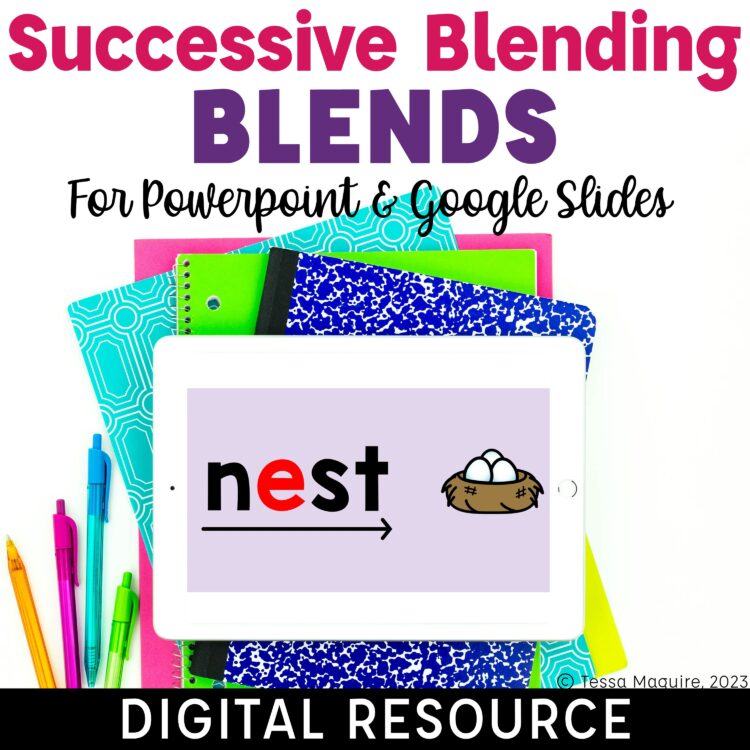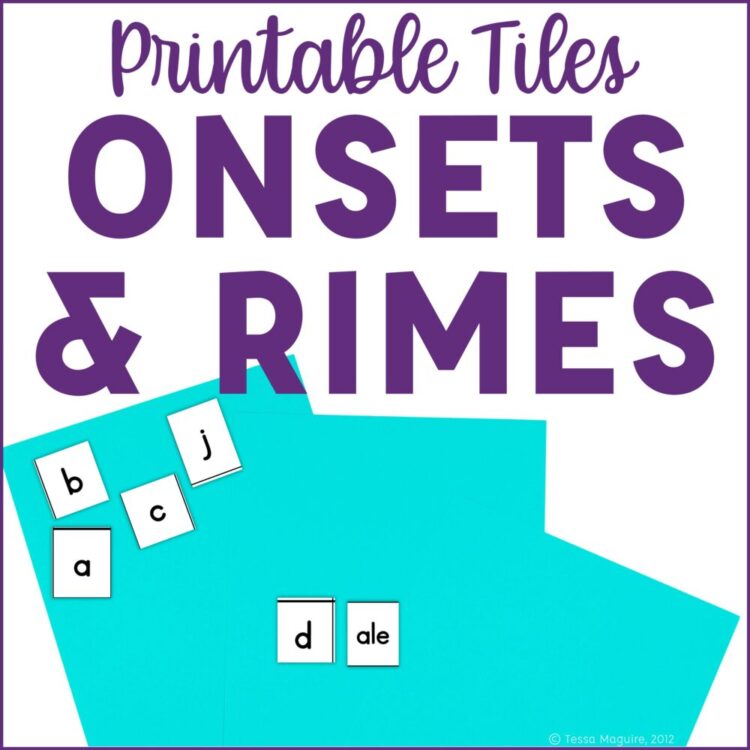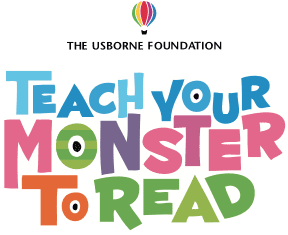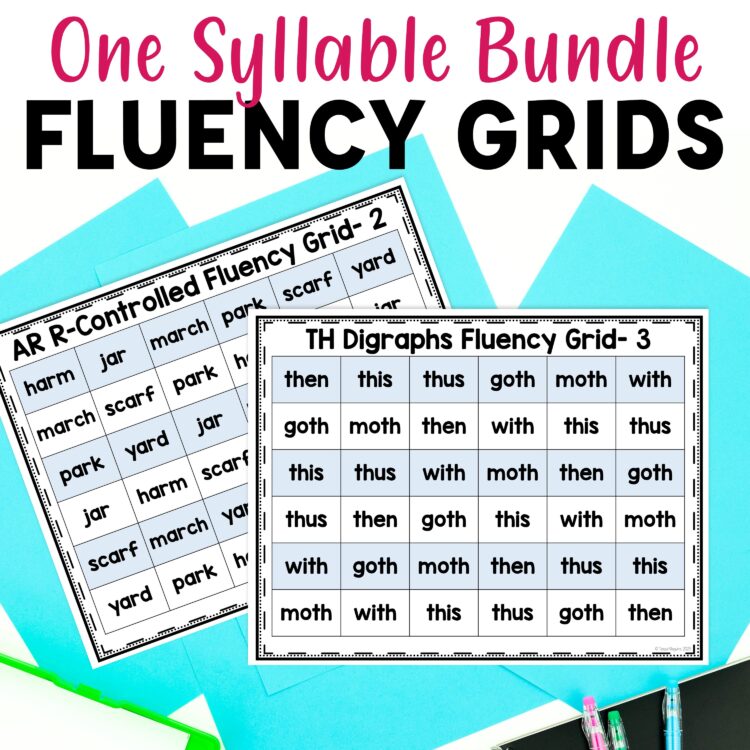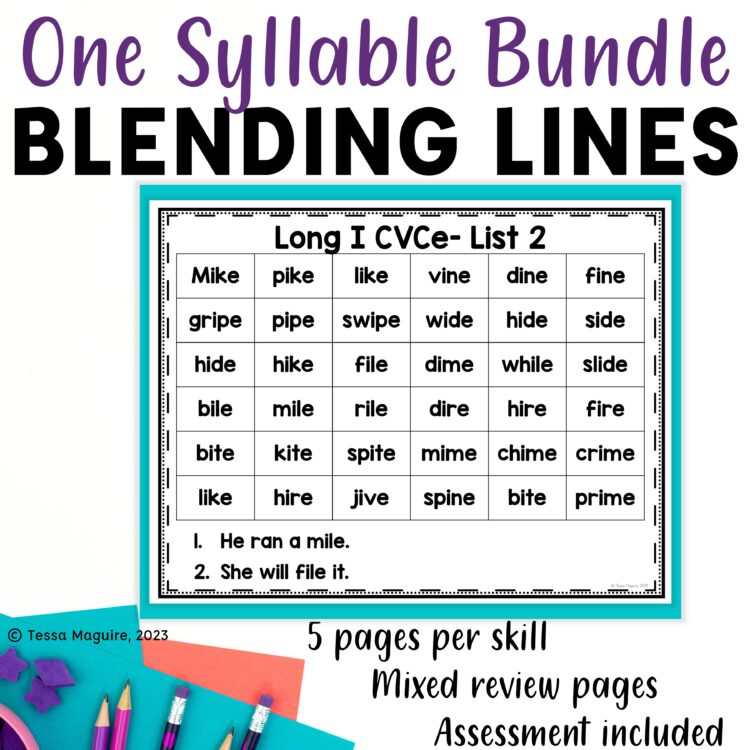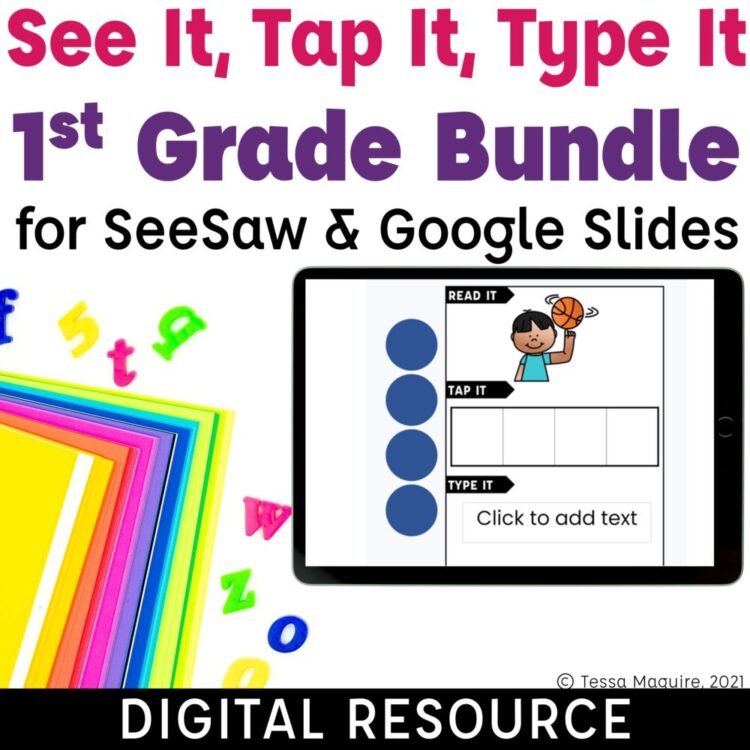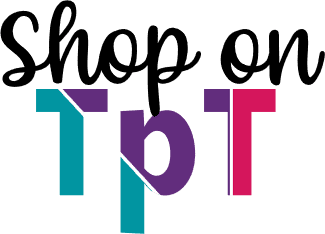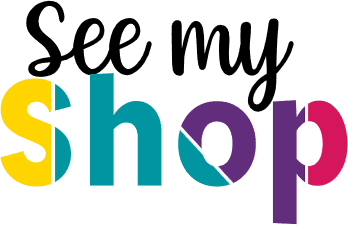© 2024 Tales from Outside the Classroom ● All Rights Reserved
Building Phonemic Awareness through Phonics: Phoneme-Grapheme Activities
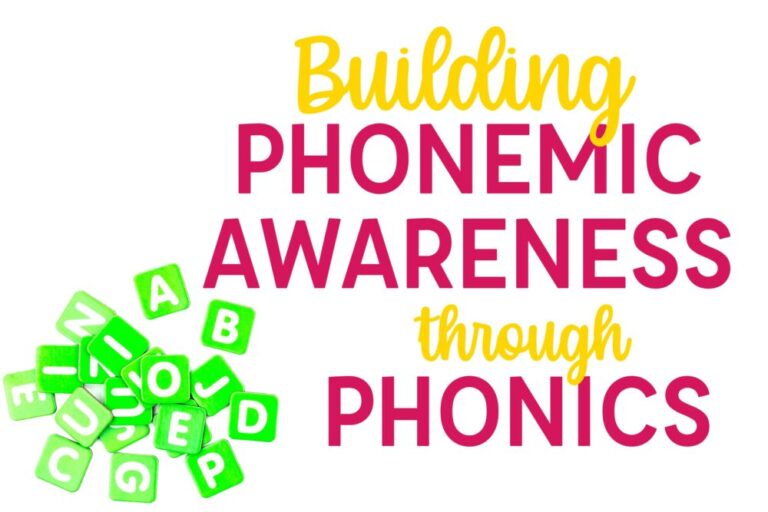
Phonics and phonemic awareness are sometimes confused, likely because they are related. Phonemic awareness is the ability to hear and manipulate the sounds, phonemes, in words. You can read all about phonemic awareness in a dedicated post.
Phonics is the relationship between the sounds of the spoken language and the letters and groups of letters, graphemes, of the written language. Phonemic awareness is critical for applying phonics skills. Students can learn and memorize graphemes, but if they cannot manipulate phonemes, they will struggle in their reading and spelling development. Phoneme-grapheme correspondence must be practiced. According to Dr. David Kilpatrick, students that are taught explicit phonics and do phoneme manipulation training show stronger growth than those with phonics instruction alone. Often, once our phonics instruction moves beyond CVC or CVCe words, we stop connecting our work to phonemic awareness. But, it’s important to continue to practice and reinforce phonics learning through phoneme manipulation tasks.
This post looks at strategies and resources for continuing to build phonemic awareness through phonics instruction and practice. Each of the included activities connects the spelling of the letters (graphemes) with the sounds in words (phonemes). I have a separate post dedicated to Phonemic Awareness Activities that are not tied to letters because they do have a small place in my instruction with some students.
It is important to me that my classroom phonics work only uses high-quality resources that align with my instruction. Too often, resources I would vet or purchase would teach something incorrectly, i.e. “x” as one sound (it’s two). This has led me to developing so many phonics-based resources myself over the years. Looking for some other, more comprehensive phonics resources? I detail my favorite websites for phonics resources in its own post.
PHONICS PRACTICE WITH PHONEME-GRAPHEME ACTIVITIES
The activities below are organized by type instead of phonics skill. This way, you can see the difference between each activity and the phonemic awareness support it provides. Each of the activities includes a phonemic awareness component that connects the word’s phonemes and graphemes. By including phonemic awareness supports, students are learning the word through the phonemes they hear. Over time, the words become “mapped” in students’ minds and they no longer need to focus sound by sound. The same occurs with rimes. But while students are building their word recognition, the reinforcement with phonemic-grapheme activities reinforces sound-spelling skills. You can read more about sound-letter mapping here.
Phoneme Manipulation with Swap it Out
Swap it Out is a printable & digital phoneme manipulation and phonics activity. Pictures are given for word pairs with one sound different. Students look at the picture, say the sounds in the word, and type the letters into each sound box. Students compare the different sounds in the words by comparing the spelling between words. Swap it Out can be printed in full color and laminated, or used as a digital word work activity in Google Slides or SeeSaw.
Phoneme Segmenting & Blending with See It, Tap It, Type It
See It, Tap It, Type It is a digital phoneme segmentation and blending activity built in Google Slides and SeeSaw. Students look at the picture, tap out the sounds in the words using the given manipulative, and then spell the word using the given text box. The built in Elkonin boxes and sound chip support students that struggle with segmenting- especially working with blends. The SeeSaw version include directions for students to say the sounds in the word using the microphone. This allows you to check in on students’ independent practice with segmentation to provide additional instruction or intervention. Click on each fo the covers below to take a closer look.
Word Mapping with Build a Word
Build a Word is a digital word mapping activity built into Google Slides and SeeSaw. Students look at the pictures and drag a grapheme tile into a sound box to build the word. In SeeSaw, you can also have students record their oral segmentation of the word before building. The given digital grapheme tiles help give students support as they build their phonics and letter sound knowledge. Each of the Build a Word activities includes specific practice with often confused components (isolating /e/ and /i/ for example, or sh and ch differentiation). Click on each of the covers below to take a closer look. The Build a Word Digraphs version is offered for free in my TpT store.
Phoneme Blending with Successive Blending Slides
Successive Blending is a great strategy for students that struggle to correctly blend a word after saying each of the given letter sounds. The slides are designed for independent student practice. They’re perfect for centers or partner activities. Students click their keyboard or mouse as they say each component successively blending each of the sounds in the words. To read more about what successive blending is, and a video on what it looks and sounds like, check out my post on Successive Blending.
OTHER PHONEMIC AWARENESS & PHONICS RESOURCES
Word Sorts & Sound Boxes– I used these with my basal spelling program in 1st grade. My basal left a lot to be desired with word work. It was phonics focused but the given practice did not teach sound-spelling correspondence and students merely wrote the words based on their meaning. I supplemented my weekly practice with these pages. On the first day I introduced the phonics pattern. After generating words that fit the desired sound-spelling pattern, we would practice the week’s spelling words. Beginning with saying the sounds in the word, we would then spell the word using dry erase markers. We used the same sheet week after week until we reached more complex words. Later in the week, we used the given words to sort by rime or specific phonics skill. You can download these pages for free here.
Letters, Onsets, & Rime Tiles– These letter tiles can be used for so much! I originally made these when I didn’t have magnetic letters available to me and couldn’t afford to buy some. I made a bunch of copies on colored paper, laminated them, and then had letters ready to go for our phonics-based intervention. I’ve included common onsets (digraphs and blends) and rimes so that the tiles can be used in a variety of ways. You can download the tiles for free by clicking on the image below.
ONLINE PHONICS PROGRAMS
It can be difficult to find online programs that teach phonics skills through phonemic awareness reinforcement. These free programs are high-quality. I’ve yet to find any phonics taught through incorrect methods or misleading key words. These are great for ongoing, adaptive practice for students when they’re not doing intentional skill practice.
Teach Your Monster to Read is developed by the Usborne Foundation. The website program is free to use, but the app is not. With that said, it is free several times throughout the year. Teach Your Monster to Read has 3 different levels: First Steps (letters, floss letters, segmenting and blending CVC words); Fun with Words (digraphs, vowels combinations, work with blends, high-frequency words); and Champion Reader (most common graphemes, alternative spellings, high-frequency words). I used Teach Your Monster to Read in 1st grade and my students loved it. I love that I was able to place my students in the level most appropriate for their needs. One note- because the program is developed in the UK there is a slight accent in pronunciations.
Starfall has good phonics resources and decodables. It doesn’t allow you to set up student accounts and have them work through the program independently like the others. But, it has specific practice with specific phonics skills. Each phonics skill includes two games and a decodable text. Some also include an additional instructional movie.
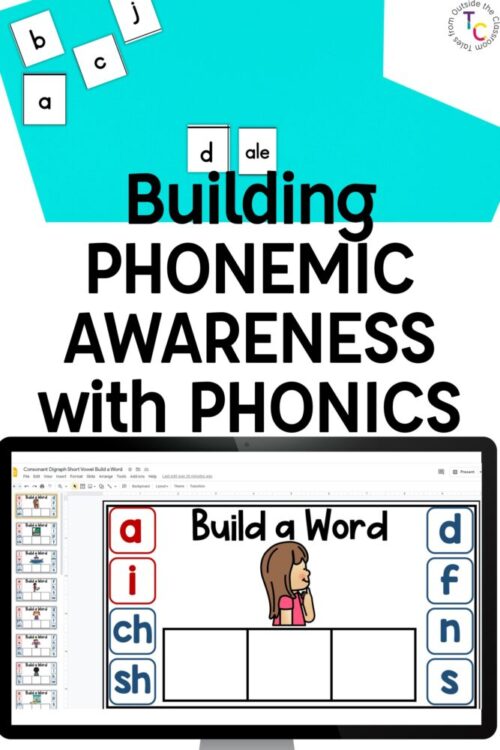
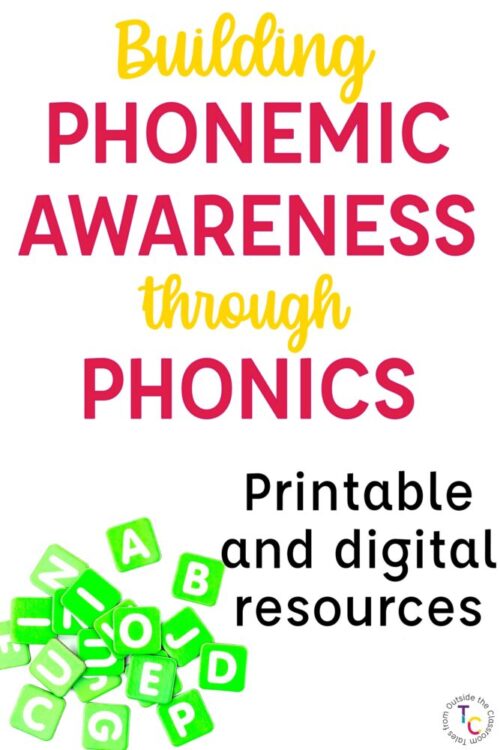
Newsletter Sign Up
Signup for my weekly-ish newsletter. I send out exclusive freebies, tips and strategies for your classroom, and more!
Please Read!
You have successfully joined our subscriber list. Please look in your e-mail and spam folder for Tales from Outside the Classroom. Often, the confirmation email gets overlooked and you're night signed up until you confirm!

Hi! I’m Tessa!
I’ve spent the last 15 years teaching in 1st, 2nd, and 3rd grades, and working beside elementary classrooms as an instructional coach and resource support. I’m passionate about math, literacy, and finding ways to make teachers’ days easier. I share from my experiences both in and out of the elementary classroom. Read more About Me.











